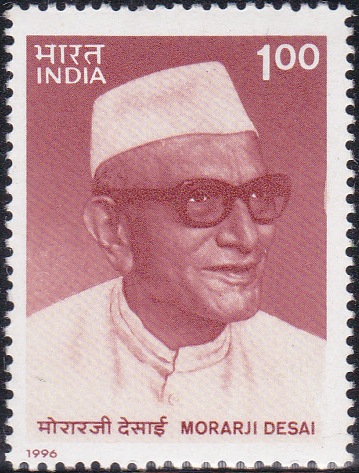
Morarji Desai 1996
A commemorative postage stamp on the First Death Anniversary of Morarji Deshai, 4th Prime Minister of India (1977-79) :
Issued on Apr 10, 1996
Type : Stamp, Mint Condition
Colour : Single colour
Denomination : 100 Paise
Printer : India Security Press
Name : Morarji Ranchhodji Desai
Born on Feb 29, 1896 at Bhadeli, Bombay Presidency, British India
Died on Apr 10, 1995 at New Delhi, Delhi, India
About :
- Morarji Ranchhodji Desai was born on February 29, 1896 at Bhadeli, a little village near Bulsar in Gujarat to Ranchhodji Desai and Vajiaben. His father was a teacher in the Bhavnagar State in Saurashtra.
- Beginning his education in a humble manner at the village school, he went on after matriculation to graduate from Wilson College, Bombay, in 1912. A religious and stringent background inculcated in him the habits of self-discipline and thrift. It is not surprising therefore that he grew up to become a practicing Gandhian and, as the fourth Prime Minister of India, it was in character with him to say that, “I seek neither popularity nor unpopularity. I am all for discipline“.
- While studying for the Intermediate examinations, he had the opportunity to study five volumes of the Physical Culture Encyclopedia of Bernard McFadden which developed in him a lasting faith in nature cure. After graduation he appeared for the Indian Civil Service Examination, seeking appointment as a Deputy Collector in the Bombay Presidency in 1918. He remained in Government Service till his resignation during the Civil Disobedience Movement.
- Long before he actually resigned, he felt he had made a mistake in serving a foreign Government all these years.
- He was imprisoned thrice after 1940 for participation in the freedom movement. This only served to make him more devoted and resolute.
- He was elected a Member of the Bombay Provincial Congress Committee and became its secretary from 1931-37. In 1937 he was elected to Bombay Legislative Assembly and was Minister for Forest in the first Congress Government and later served as the Revenue and Home Minister of Bombay. In 1952, after the first general elections, he became the Chief Minister of Bombay, continuing in that capacity till the reorganisation of States in 1956.



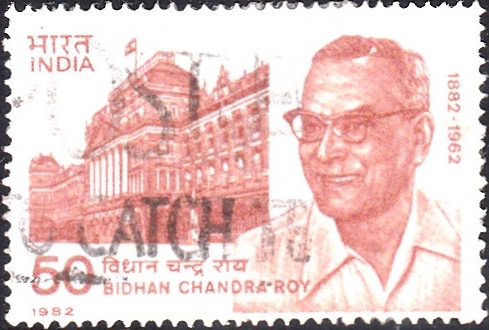
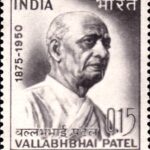
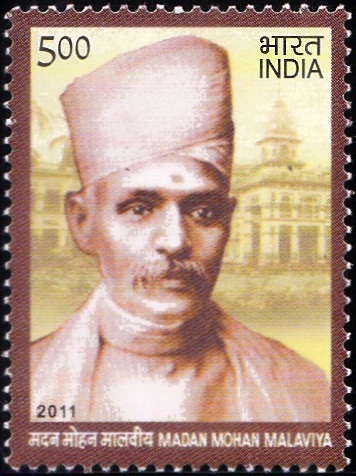
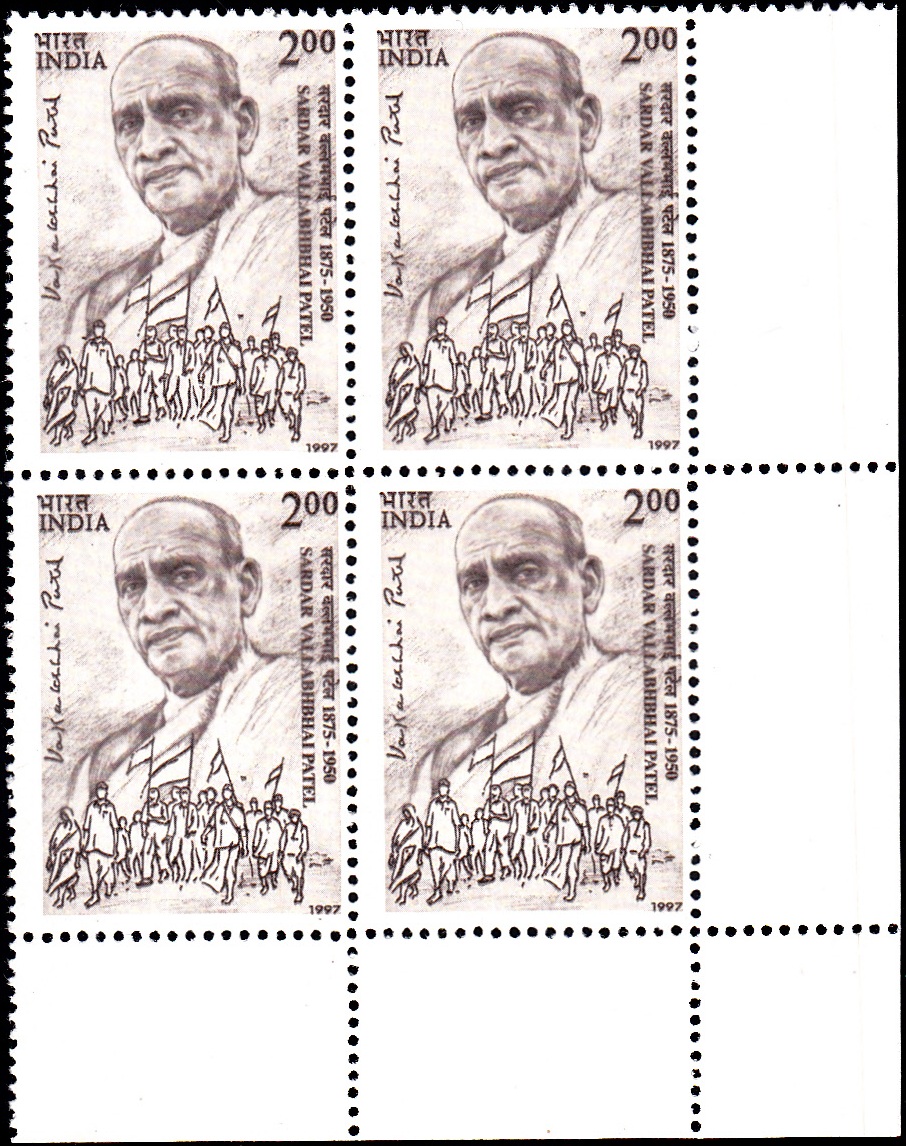
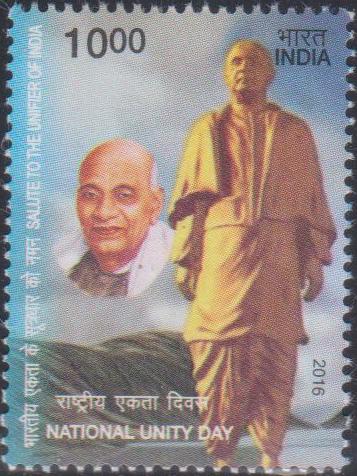
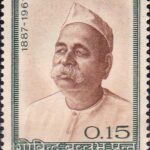
[…] In 1979 he became Deputy Prime Minister and Finance Minister. He later resigned from the Desai Ministry and became the Prime Minister of a coalition government from 24th July, 1979 till January, […]
[…] also came to be a close associate of leaders like Smt. Indira Gandhi, Shri Morarji Desai, Shri Y.B. Chavan and Shri Babubhai Patel. A true Gandhian at heart, Shri Manoharbhai Patel always […]
[…] outstanding patriots and national leaders such as Sardar Vallabhbhai Patel, Jaya Prakash Naraian, Morarji Desai, K.T. Mashruvalla, J.C. Kumarappa and Ashok Mehta. Mahatma Gandhi wrote to Joachim Alva at four […]